
views
Filling out a Customs Form
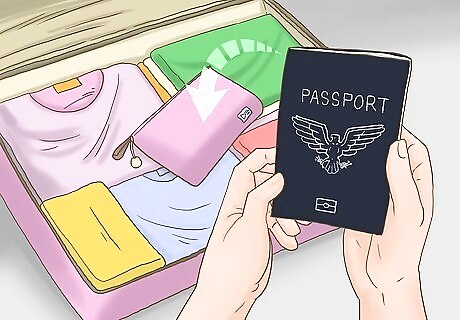
Pack your passport and carry it with you. A valid passport is essential for gaining entry to the U.S. Even U.S. residents need it. You will have to refer to it to fill out the customs form, so have it accessible. Avoid placing it in checked luggage. Don’t try getting through customs without your passport. CBP won’t let you into the country. If you lose your passport while traveling, go to the nearest embassy or consulate as soon as possible. They can help you get a new one.
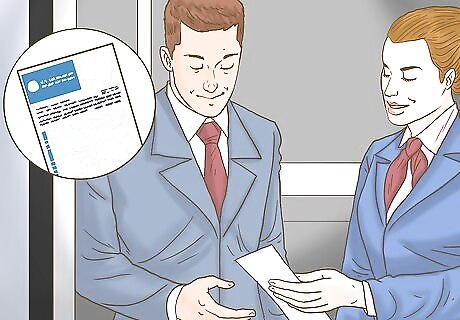
Get a customs form from staff on the plane or boat. Before you disembark, the stewards and stewardesses will begin handing out the forms. Both U.S. and foreign citizens are required to fill out this document, so make sure you get one. You only have to fill out 1 form per family. The form is a small, rectangular card, usually colored blue. The words “customs declaration” will be printed at the top. If you don’t get one, ask the flight staff about it. U.S. Customs and Border Patrol (CBP) now has Automated Passport Control (APC) booths at many major airports. U.S., Canadian, and international travelers with a visa waiver can use the booths without having to fill out a customs form.

Fill the form out with your basic personal and travel information. Write your information into the space on the form legibly with a dark pen. You will need to provide information like your name, country of residence, passport number, flight number, and countries you visited. Refer to your passport and travel ticket to help you complete the form. Make sure the information you provide is accurate. Any mistakes could slow down the customs process. Customs forms are only required for travelers arriving by boat and plane. If you travel by land, border patrol officers will still check your bags and ask you a few questions.
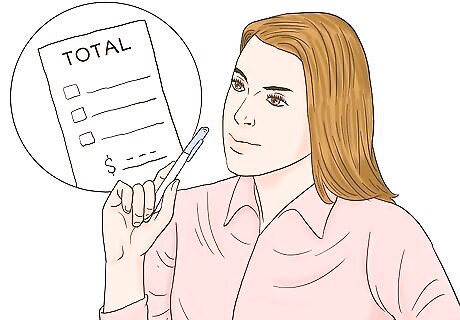
Estimate the value of all the items you need to declare. The form will ask you a few yes or no questions about what items you’re transporting. Customs officials need to know if you’re bringing in fresh fruits, vegetables, meats, large quantities of money, or have been near livestock. The form will also instruct you to total up the commercial value of all merchandise you bought or plan on leaving in the U.S. If you’re a U.S. citizen, estimate the total value of goods you purchased while abroad. This includes gifts you didn’t mail separately. You do not need to include anything you finished using before you boarded the plane. For visitors, calculate the total commercial value of all items you plan on leaving in the U.S. You do not need to include your personal belongings you plan on taking home with you.
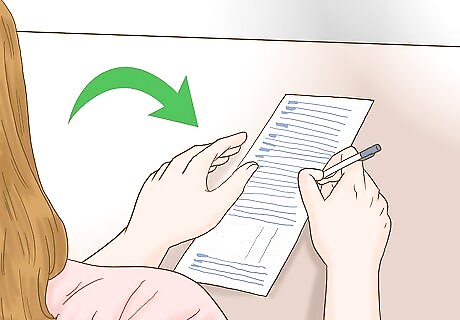
Write a list of declared items on the back of the form. Items you need to declare are anything covered by the commercial value calculation on the form. This can include gifts, purchases, duty-free items, merchandise to sell, items you inherited, and items you had repaired. Also list money, including cash, traveler’s checks, gold coins, money orders, and so on. Be as accurate as possible to ensure your trip through CBP checkpoints are as smooth and speedy as possible. Declaration lists are used for tax purposes as well as security, so CBP needs to know exactly what you’re bringing into the country.
Going Through Passport Control
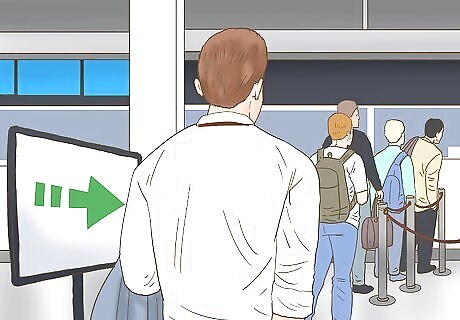
Walk to the passport control line for U.S. or foreign citizens. When you get off the plane, you will typically need to walk down a short hallway to reach the first checkpoint. Signs along the walls or ceiling will direct you where to go. At the checkpoint area, separate into the correct line. If you need help, ask an officer. Try not to loiter in the checkpoint area. Sometimes, you may see a third lane for passengers going to connecting flights. Use this opportunity to expedite the customs process if you have another flight to catch.
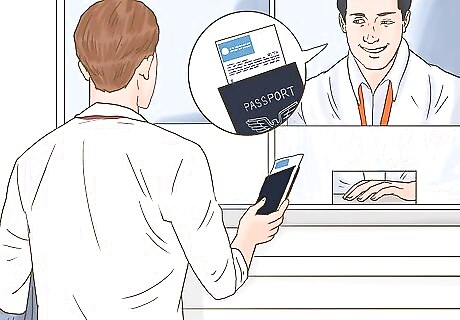
Give your passport and customs form to the officer. The officer will look over your passport, then scan it to verify its authenticity. They will also validate the customs form and return it to you. It’s a very quick and easy process, but make sure you get both of your documents back before you leave. For international travelers, CBP may print out an I-94 form and staple it to your passport. Keep this form with you, as you will need it when you depart the U.S.

Answer any questions about your trip the agent asks you. You don’t have to go into extensive detail about your trip, but try to be as accurate with your answers as possible. The agent will request a general reason for your trip. If you’re a visitor, they will also ask how long you plan on visiting and where you plan on staying. They may also request more information, such as in regards to your planned activities or occupation. For example, if the officer asks you about the nature of your trip, simply say something like “I was on vacation” or “I’m visiting relatives.” The CBP officials are only trying to do their job, which is screening travelers for the country’s safety. Be respectful to them and they likely will return the favor. If you are a visitor, bringing along documentation can help. For instance, bring along communications from a business, university, or host that prove your reason for traveling.
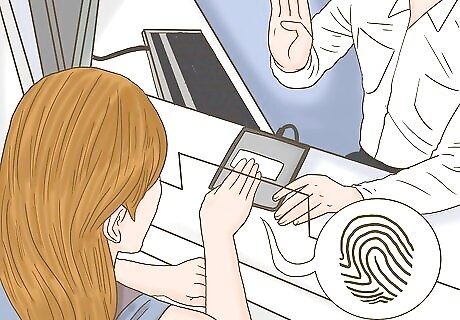
Provide your fingerprints and photograph if you are a visitor. CBP takes this information from all visitors for their biometric database. The agent will slide a small pad towards you. Put your fingers on the electronic pad to upload your fingerprints. Then, stand by as they take your picture. Even if you submitted a photo for your visa application, you still need to go through this process. The CBP agent will guide you through the steps.
Passing Through Baggage and Customs
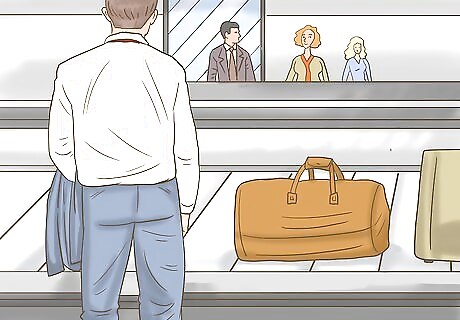
Move to the baggage claim area to retrieve your luggage. Continue walking down the hallway, reading the signs as needed to get to the nearby baggage claim carousels. You need to claim your baggage even if you are going to board a connecting flight. Check the screen in the baggage area to find the carousel number assigned to your flight, then wait for your bags to appear. By rule you have to claim your bags and check them back in later if you need to board another flight. Give yourself plenty of time to get through security. If you're traveling by boat or bus, you still need to claim your bags. For bus trips, the staff needs to move your bags back onto the vehicle after CBP is done checking them.
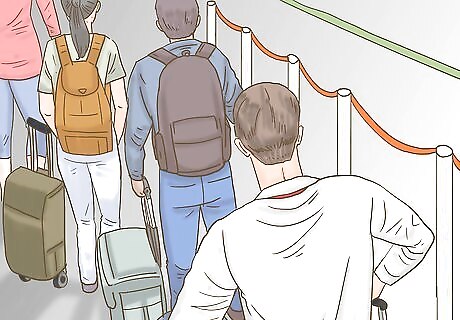
Take your bags to the correct line in customs. Walk down the hallway from the baggage area to the customs security checkpoint. In the customs area, you will see a lane labeled “nothing to declare” with a green arrow. The other line, marked with a red arrow, is for travelers with “goods to declare.” Choose the correct line to get through customs without a hitch. If you try to sneak through the faster line, security may stop you. Refer back to your customs form to know what you need to declare.
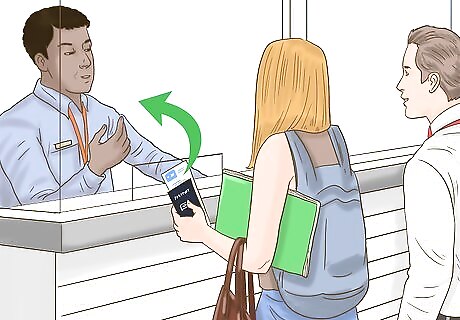
Hand the officer your customs form. After a short wait, you will reach the next checkpoint. Make sure your form is filled out correctly before you get to the CBP officer. They will ask you a few basic questions, such as where you went and what you purchased on your trip. They look for items on the restricted list, contraband, or anything left off the customs form. Be as specific and as prompt as possible when answering. That way, you can get through this checkpoint as quickly as possible. Slow or vague answers make the officers curious and ask more questions.
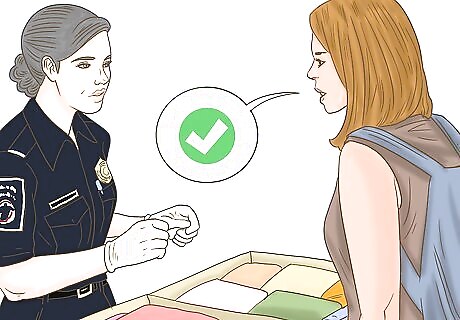
Listen to the officers if you are chosen for a random search. The CBP officers may pick you out of the line for a more thorough inspection. This is rarely personal. The officers can search your bags by hand or with an X-ray machine. They may also ask you more questions about your trip. Giving the agents a hard time will make your day worse. Turn your bags over to them graciously. Remember, they are doing their jobs, not trying to give you a hard time.
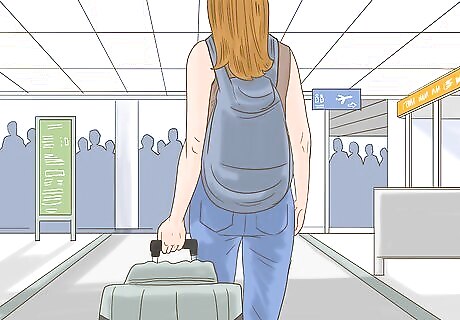
Continue your trip or leave the facility. After the CBP agent waives you through the checkpoint, walk down the hall to end up in the facility lobby. If you’re at your final destination, you’re free to go. If you need to board another flight at an airport, find the sign that says “connecting flights” or “connecting baggage drop-off.” Place your bag on the nearby conveyor belt to send it on its way. Before checking your luggage, make sure tags match your next destination. After putting your luggage on the conveyor belt, you need to pass through a nearby security checkpoint to enter the flight hub. Be sure to place any liquids, gels, and aerosols over 3 oz (85 g) in your checked luggage, along with any other items restricted by the TSA.



















Comments
0 comment